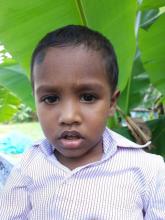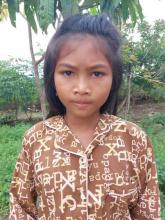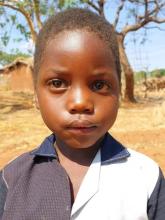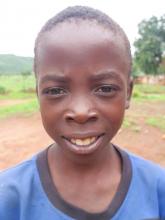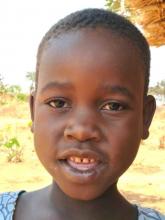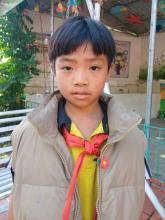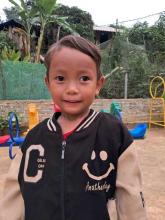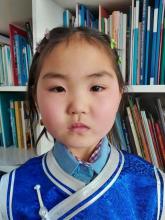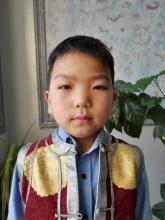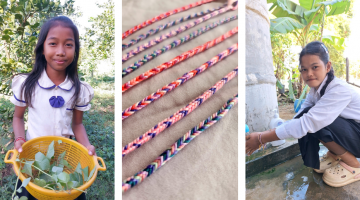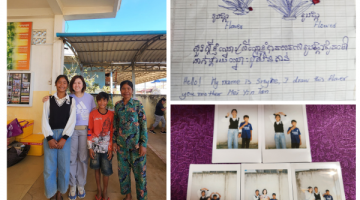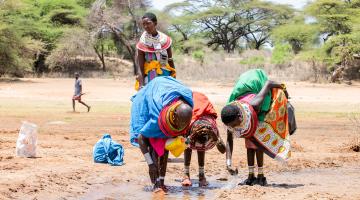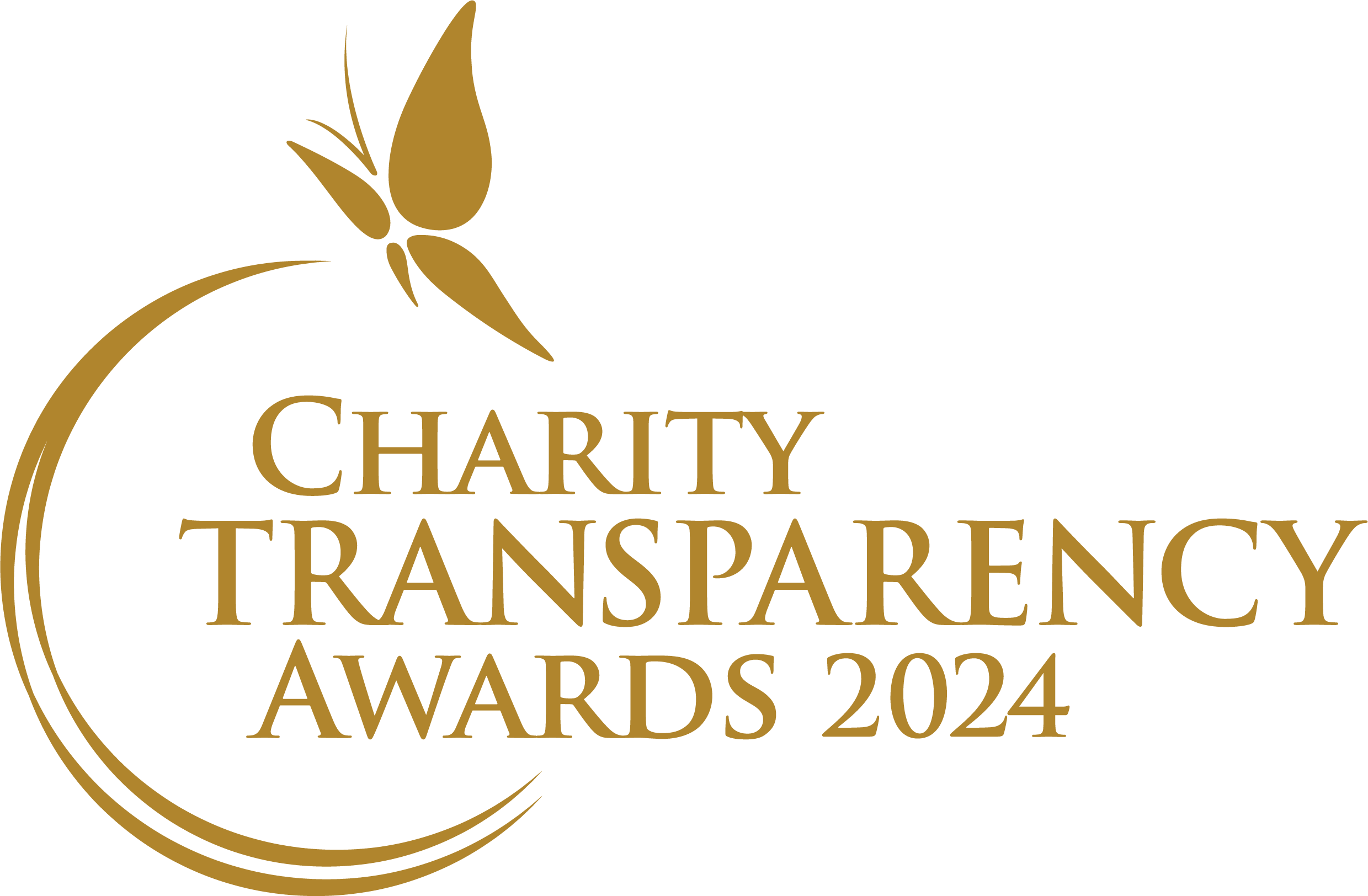Bangladesh, Wazirpur AP
Wazirpur, Bangladesh is a district located in the Southern region of Bangladesh, about 114km away from Dhaka. The majority of the population are limited to labour-intensive and low-income occupations such as farmers, daily labourers or petty traders. As the district is also prone to earthquakes, water logging and arsenic poisoning, economic livelihood opportunities are further restricted. The prevalence of child labour and child marriage also contribute to high drop-out rates in school - limiting the opportunities for future growth and development.
